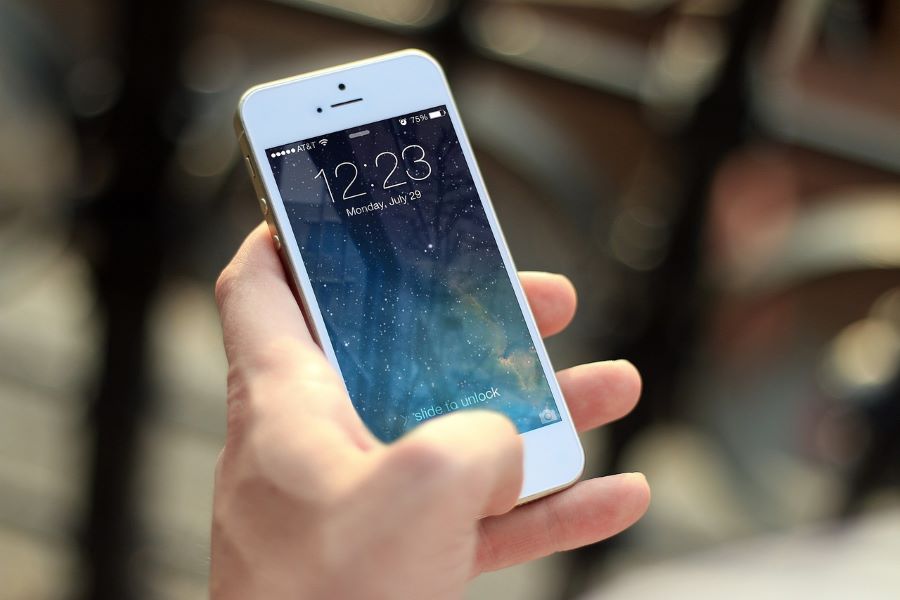As mobile technology continues to evolve, consumers are faced with the choice between 3G and 4G networks when selecting a data plan. While both technologies offer internet connectivity on the go, there are significant differences in terms of speed, coverage, and overall user experience. In this article, we’ll explore the key aspects of 3G and 4G, helping you make an informed decision when choosing mobile plans.
Buy Airtel Postpaid with exciting benefits!
Understanding the Basics: 3G and 4G
What Is 3G?
3G, short for third-generation, is a mobile network technology that succeeded 2G. It offers faster data speeds compared to its predecessor, enabling users to browse the internet, stream music, and make video calls. However, 3G speeds are significantly slower than those offered by 4G networks.
What Is 4G?
4G, or fourth-generation, is the latest mainstream mobile network technology. It provides substantially faster data speeds than 3G, allowing for smoother video streaming, quicker downloads, and more responsive online experiences. 4G networks also offer lower latency, meaning less delay in data transmission.
Speed Comparison: 3G vs 4G
One of the most crucial factors to consider when choosing between 3G and 4G is the difference in data speeds. Here’s a breakdown:
|
Network |
Average Download Speed |
Average Upload Speed |
|---|---|---|
|
3G |
3-6 Mbps |
0.5-1.5 Mbps |
|
4G |
10-50 Mbps |
5-25 Mbps |
As evident from the table, 4G offers significantly faster download and upload speeds compared to 3G. This difference in speed can greatly impact your mobile experience, especially when streaming video content or downloading large files.
Coverage and Availability
3G Coverage
3G networks have been around for over a decade, resulting in extensive coverage across India. Most populated areas, including smaller towns and villages, have access to 3G services.
4G Coverage
While 4G coverage has expanded rapidly in recent years, it may not be as widely available as 3G, particularly in remote or rural areas. However, major cities and towns typically have reliable 4G coverage from leading mobile service providers.
Choosing the Best Mobile Data Plan
When deciding between 3G and 4G, consider the following factors:
-
Your usage patterns: If you primarily use your mobile device for basic web browsing and messaging, a 3G plan might suffice. However, if you frequently stream videos, play online games, or download large files, upgrading to 4G is recommended.
-
Coverage in your area: Check the network coverage maps provided by mobile service providers to ensure that you have reliable 3G or 4G coverage in the areas where you live and work.
-
Budget: 4G plans tend to be more expensive than 3G plans. Assess your monthly budget and choose a plan that offers the best value for your needs.
The Future: 5G and Beyond
As mobile technology continues to advance, 5G networks are being deployed across the globe. 5G promises even faster speeds, lower latency, and more reliable connections than 4G. However, 5G is still in its early stages, and widespread coverage may take some time.
Conclusion
When choosing between 3G and 4G, consider your usage habits, budget, and the coverage available in your area. While 3G may be sufficient for basic internet usage, 4G offers a significantly faster and more responsive experience, making it the preferred choice for most users.
For those seeking the best data plans with excellent coverage and fast speeds, consider Airtel’s postpaid connection. Airtel offers a range of 4G postpaid plans with generous data allowances, unlimited calling, and additional benefits, ensuring that you can stay connected without compromising on quality or value.



